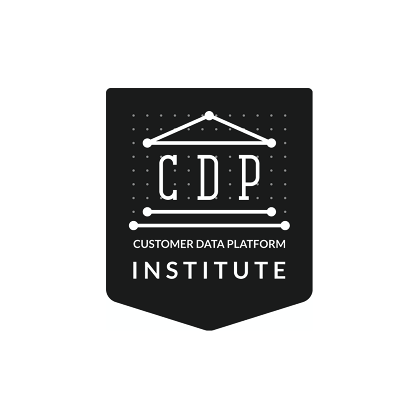In the fast-paced realm of marketing technology, the selection of a Customer Data Platform (CDP) can be a daunting task, laden with pitfalls that many businesses unwittingly stumble into. Drawing from my extensive experience working closely with diverse clients over the past 18 months, I have had the opportunity to witness firsthand the challenges faced by organizations in their quest for the ideal CDP solution. In this thought leadership article, I aim to shed light on the three most common pitfalls that have emerged from these varied customer projects. These pitfalls underscore the importance of a strategic and informed approach to CDP selection. By delving into these key areas —RFP overload, the oversight of rollout plans and operational models, and the critical need for senior governance—I will provide valuable insights to help businesses make more prudent decisions in their CDP selection journey. Let’s explore these pitfalls in detail, unveiling the crucial considerations that can make or break your CDP implementation.
1) The RFP Overload: Sorting Through Irrelevant Criteria and Use Cases
One common mistake companies make when selecting a CDP is drowning in Request for Proposal (RFP) overload. While RFPs are essential for gathering information from potential vendors, many businesses end up investing too much time and effort in creating exhaustive RFPs with an abundance of irrelevant criteria. This leads to confusion and hampers the decision-making process.
Moreover, inadequate identification of essential use cases often plagues the selection process. Businesses must focus on aligning the CDP’s capabilities with their specific needs, rather than trying to cover every conceivable scenario. By narrowing down the selection criteria to the most pertinent use cases, organizations can avoid the trap of overcomplicating the selection process and make a more informed decision.
2) Neglecting the Importance of a Robust Rollout Plan and Operational Model
Selecting a CDP is just the beginning; successful implementation and integration are equally crucial. Unfortunately, many companies fail to emphasise the importance of a well-thought-out rollout plan and operational model. Without a clear roadmap, businesses risk stumbling during the implementation phase, leading to delays, budget overruns, and dissatisfaction among stakeholders.
Additionally, overlooking the establishment of a robust operational model can prove disastrous. Without a defined set of processes and protocols, the CDP may not deliver the expected results. It’s vital to invest time and resources in creating a structured operational framework, ensuring seamless integration with existing systems, and enabling the organisation to harness the full potential of the CDP.
3) Ignoring the Transformative Nature of CDP: The Need for Senior Governance
One of the most critical oversights during CDP selection is the failure to recognise that implementing a CDP is not just a technological upgrade—it’s a transformative process that impacts the entire organisation. Many businesses, in their eagerness to adopt cutting-edge technology, overlook the need for senior governance.
CDP implementation requires strategic decision-making, alignment with business goals, and a deep understanding of organisational processes. Inexperienced or junior teams might lack the necessary perspective to navigate the complexities of this transformational journey effectively. Senior governance ensures that decisions are made at the right level, considering the long-term implications and strategic objectives of the organisation.
In conclusion, selecting a CDP is a multifaceted task that demands careful consideration, strategic planning, and senior-level involvement. By avoiding the pitfalls of RFP overload, neglecting the rollout plan and operational model, and underestimating the transformative nature of CDP, businesses can enhance their chances of selecting a CDP that truly aligns with their objectives and drives sustainable growth.
ABOUT THE AUTHOR

As CRO, Tibor brings a wealth of knowledge and a proven track record in revenue growth and achieving business objectives. With his extensive experience and expertise, he continues to lead our GTM teams, ensuring that our company’s products and services reach the right customers and generate optimal business outcomes.

































